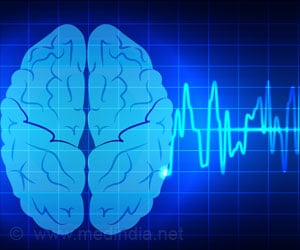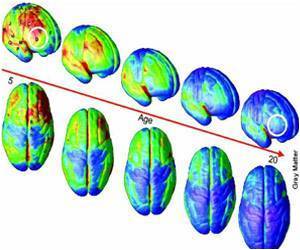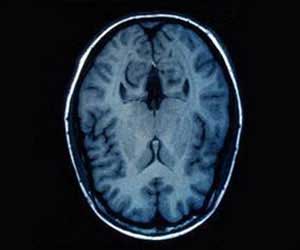Astrocytic MORs in the hippocampus are the key reason why humans are drawn to a specific place where a happy memory is associated with.

‘Astrocytic MORs in the hippocampus are the key reason why humans are drawn to a specific place where a happy memory is associated with.
’





However, as a behavior study researcher Bruce Alexander put it, "Addiction is an adaption. It’s not you; it’s the cage you live in." (Source: Chasing the Scream (audiobook): The First and Last Days of the War on Drugs). Studies have revealed that environmental stimuli, such as places are the strong force behind our addiction. For example, the studies into the heroin-addicted Vietnam war veterans found that changes in their living place - returning home from the battlefield were the hidden force to break their drug addictions so effectively.When you feel happy or pleasant, several areas of the brain take part to feel, remember, and repeat the action. Specifically, the hippocampus is responsible for spatial memory acquisition. People may remember where such a feeling-good experience takes place and revisit the place to remind such a pleasant experience.
However, things could get quite problematic if the experience involves drug abuse. The Conditioned Place Preference (CPP) is an experimental paradigm to study the mechanism of addictive behaviors associated with a pleasant experience. It was long believed until recently that the release of the hormone dopamine in the mesolimbic pathway of the brain is the key to CPP. However, as dopamine-deficient mice were found to exhibit CPP, the brain’s CPP pathways have remained elusive. Meanwhile, the hippocampus, the brain region responsible for spatial memory, has not been considered to be involved in CPP.
Led by Dr. C. Justin Lee, researchers at the Center for Cognition and Sociality within the Institute for Basic Science (IBS) in Daejeon, South Korea have identified a new mechanistic element of CPP, mu-opioid receptors (MORs) expressed in astrocytes of the hippocampus. Opioids include endorphins (our brain’s feel-good transmitters) or morphine (a major painkiller) that can make people feel relaxed or happy and can be addictive. Much has been studied in neuronal MORs but failed to form a comprehensive understanding of the CPP mechanism.
The research team looked at seemingly unlikely cells that had been deemed to only provide support and protection for neurons, astrocytes (i.e., a cell type of non-neuron cells) in the brain. They narrowed their target range to the astrocytic MORs in the hippocampus as it is the place where spatial memory is formed.
Advertisement
Then they gave mice DAMGO or morphine in their non-preferred spaces to condition only opioids control the mice’s CPP. After this conditioning, the researchers again let the mice freely explore the two separate spaces, and observed which room the mice prefer. The experiments demonstrated the injection of exogenous opiod (DAMGO) or morphine activates astrocytic MORs in the hippocampus to release glutamates. These excitatory neurotransmitters increase the synaptic transmissions at Schaffer collateral-CA1 synapse in the hippocampus, which is responsible for the acquisition of spatial memory to induce CPP. The increased synaptic activities are technically called long-term potentiation (LTP).
Advertisement
These findings indicate that hippocampal astrocytic MORs are critical for CPP induction, in addition to mesolimbic neuronal MORs. The first author of this study, Dr. Min-Ho Nam says, "There have been long-believed dogma about conditioned place preference (CPP): Interneuronal MOR in mesolimbic dopamine system is the only key for CPP. To overcome this dogma, we adopt multidisciplinary strategies, including genetics, histology, electrophysiology, and behavioral assays."
Notably, this study verified that the astrocytic MORs in the hippocampus is where both artificial (morphine) and biological opioids (endorphin replaced by DAMGO) begin to induce the acquisition of contextual memory associated with pleasure.
"Astrocyte is the most abundant cell type in the brain. This astrocyte-oriented study allows us to step forward in understanding how humans prefer a certain place where a happy memory is associated with. We expect this study fuel the move from neuro-centric to glio-centric view in the brain science field," explains the corresponding author of this study, Dr. Lee.
Source-Eurekalert










